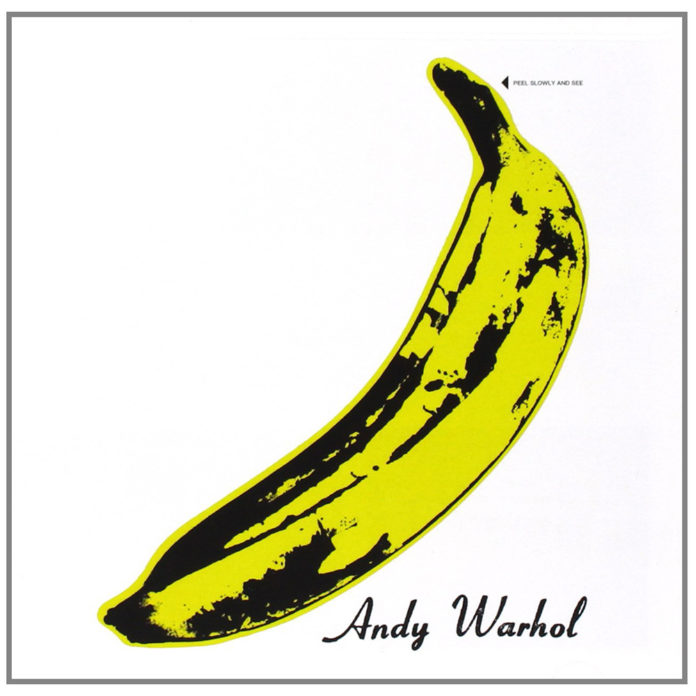The Velvet Underground & Nico might have initially been a commercial flop, but today it’s widely revered as one of rock’s most influential albums. Released in 1967 and produced under the creative vision of Andy Warhol, the album introduced an unprecedented sound and aesthetic to the music scene. Despite the extensive analysis and praise this album has received, here are five intriguing, lesser-known facts that deepen its mystique and cultural impact:
1. Nico Was a Late Addition
German model and singer Nico was not part of the Velvet Underground’s original lineup. She was brought on at the suggestion of Warhol, who envisioned her icy, ethereal vocals as an additional layer to the band’s gritty sound. Nico’s haunting voice can be heard on three tracks: “Femme Fatale,” “All Tomorrow’s Parties,” and “I’ll Be Your Mirror.” This collaboration wasn’t without tension, as some band members had mixed feelings about her inclusion, but her contributions became iconic.
2. The Album Cover Had a Hidden Surprise
The album’s famous banana cover art, designed by Warhol, originally had an interactive element: early pressings featured a peelable banana sticker that revealed a “flesh-colored” banana underneath. This unique design was costly and required a specialized machine for manufacturing, which contributed to production delays. Today, finding an original peelable banana album cover is rare, and copies in good condition are valuable collector’s items.
3. Multiple Producers and the “Invisible” Hand of Warhol
Although Warhol is credited as the album’s producer, his involvement was more as an artistic guide and financier than a hands-on producer. Other figures, including Norman Dolph and Tom Wilson, were crucial in recording and arranging the album’s distinct sound. Warhol’s main role was providing a safe space for the band to experiment and protecting them from commercial pressures, something Reed later described as Warhol’s most important contribution.
4. The Album Was Initially Rejected by Multiple Labels
Before The Velvet Underground & Nico found a home with Verve Records, it was rejected by Columbia, Atlantic, and Elektra due to the dark themes and avant-garde style. Each label had reservations: Columbia cited drug references, and Elektra objected to John Cale’s unconventional viola use. Verve ultimately took a chance on the album, which came to embody the “underground” ethos that would later inspire generations of musicians.
5. It Was Banned and Censored in Many Places
The album’s explicit themes—including references to drug use, prostitution, and BDSM—led to bans in various record stores, radio stations, and media outlets. This controversy limited its exposure and distribution at the time. Though its sales lagged, the album’s raw content eventually gained traction within counterculture movements, setting the stage for its legendary status in alternative and punk rock scenes.
From its infamous banana cover to its daring soundscapes, The Velvet Underground & Nico remains a fascinating blend of art, rebellion, and innovation that continues to influence musicians and artists today. If you’ve ever wondered how a commercially failed album could still start a cultural revolution, look no further.







